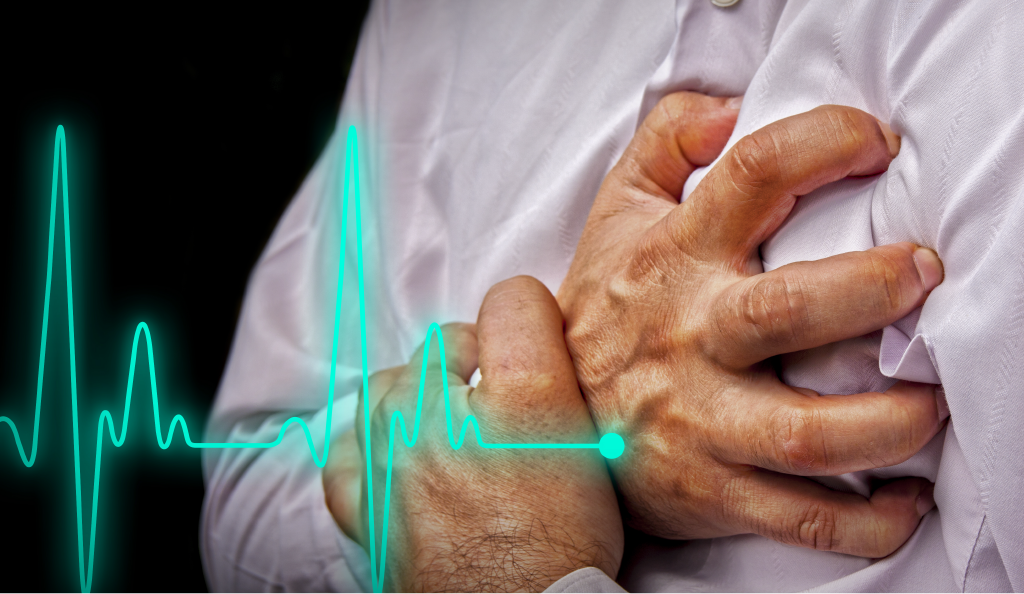

Heart Attack 
Cardiovascular disease (CVD) is the leading cause of NCD mortality. 1 in 4 deaths in India is due to
heart disease. One fifth of cardiovascular deaths could be averted in persons aged 40-79 years by implementing
a regimen of aspirin, statin, and two agents to lower blood pressure. Heart attacks can be
prevented if people at high risk are detected and treated.CVD is a group of disorders of the heart and blood vessels, which include:
- Coronary heart disease: disease of the blood vessels supplying the heart muscle
- Cerebrovascular disease: disease of the blood vessels supplying the brain
- Peripheral arterial disease: disease of the blood vessels supplying the arms and legs
- Rheumatic heart disease: damage to the heart muscle and heart valves from rheumatic fever, caused by streptococcal bacteria
- Congenital heart disease: malformations of heart structure existing at birth, deep vein thrombosis and Pulmonary embolism: blood clots in the leg veins, which can dislodge and move to the heart and lungs
Most heart attacks and CVDs can be prevented by addressing risk factors such as tobacco use, unhealthy diet and obesity, physical inactivity, high blood pressure, diabetes and raised lipids. Survivors of a heart attack are at high risk of recurrences and at high risk of dying from them. In addition, surgical operations are sometimes required to treat CVD. They include coronary artery bypass, balloon angioplasty (where a small balloon-like device is threaded through an artery to open the blockage), valve repair and replacement, heart transplantation, and artificial heart operations. Medical devices are required to treat some CVD. Such devices include pacemakers, prosthetic valves, and patches for closing holes in the heart.
